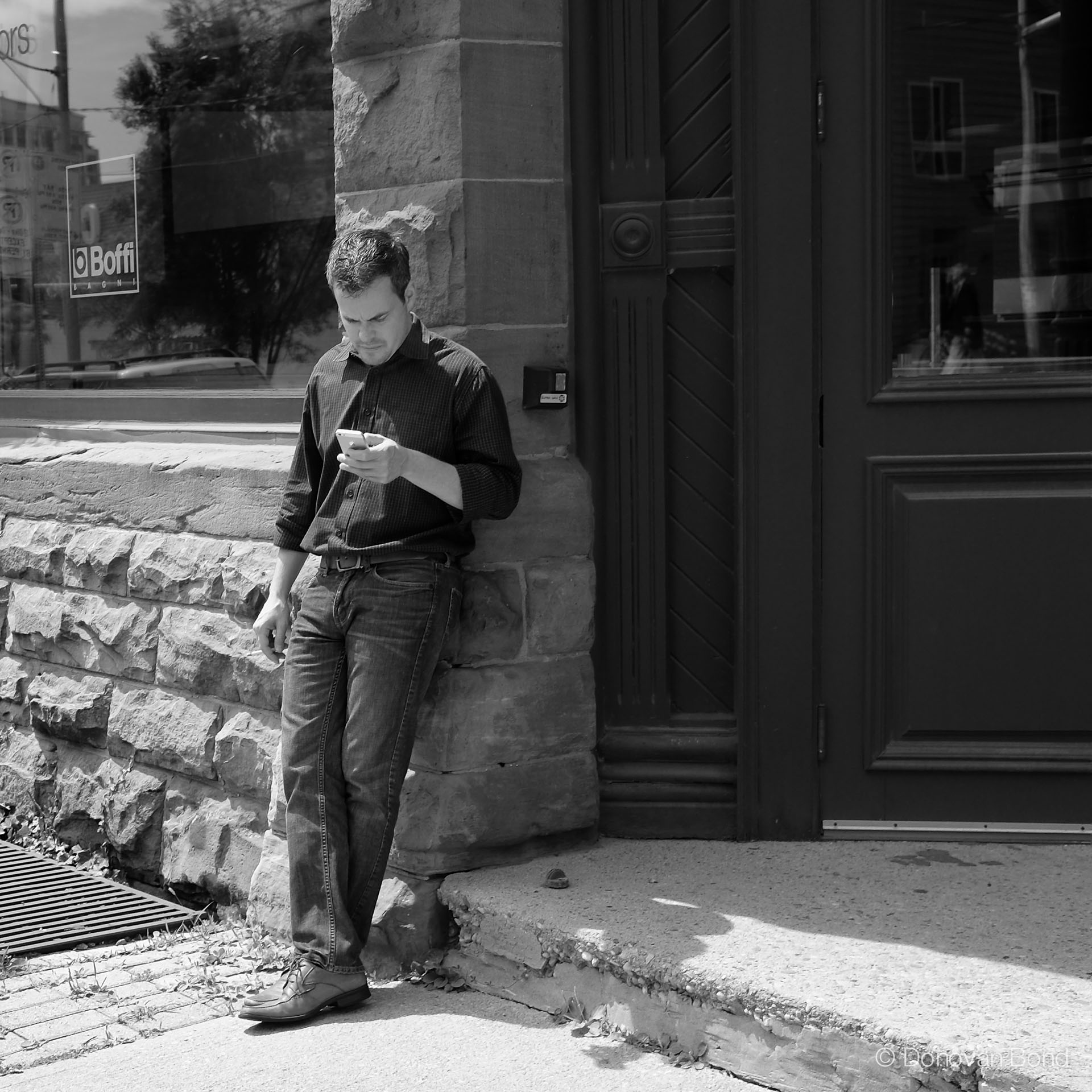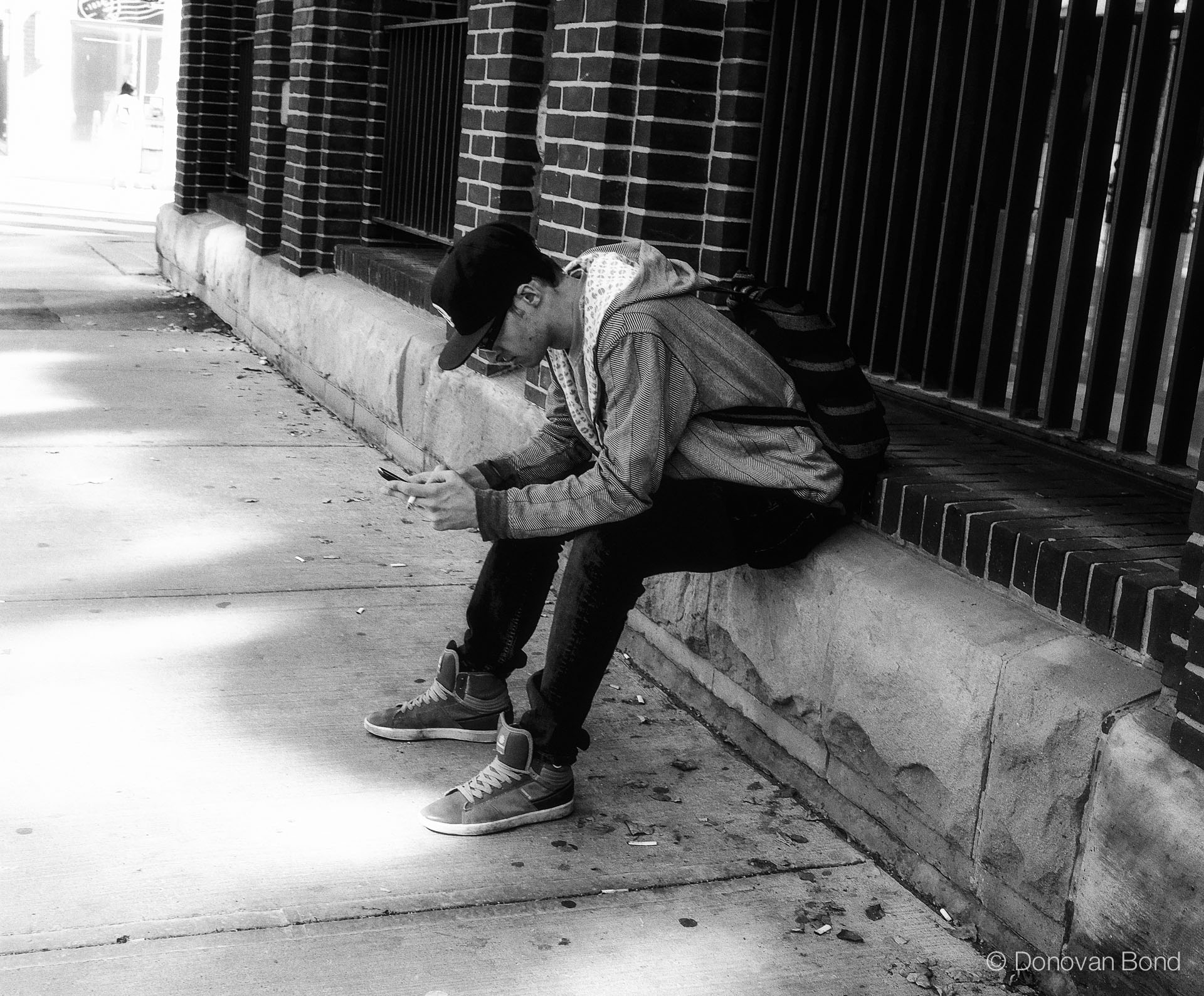The big RAW converters were a little slow to support the X-Trans sensor and even now, conversions aren’t quite up to the level they are with Bayer sensors. At the time of writing, my understanding is that CaptureOne is currently best at converting RAFs. I’m a Lightroom user and I own Aperture. Both support Fuji’s latest cameras and are improving. To date, DxO has said they aren’t going to bother with support for the X-Trans. This is surprising and disappointing, but there you have it. As mentioned, I went JPEG with this camera, but plan to do some RAW shooting and tinkering. In the small amount I’ve done so far, I found converting RAF’s in Lightroom 5 to be perfectly acceptable.
Hardware
The styling and the feel of Fuji’s recent cameras is outstanding. People actually do ask if it’s a film camera. The buttons, knobs, dials, and switches are all satisfying to use, but might be problematic if you have sausage-fingers. The shutter release button seems a little loose and this is emphasized if you add a soft shutter release like I did. Otherwise the camera oozes quality, however, Fuji cameras are built much more for style than they are durability. During the first week of our recent honeymoon/vacation, I had the misfortune of setting my tripod down, camera attached and one leg not fully kicked out, on uneven ground. The tripod tipped and the camera fell about 2 feet and landed almost squarely on the shutter release/power switch. Both popped right out of the camera, rendering it inoperable for the rest of the trip. That was a bad day. $480 is what Fuji Canada charged me to fix the camera and, disappointingly, I’ve lost about 8 months of warranty as any previous warranty is void and a new repair warranty takes its place when a repair is done. This would work out better if my warranty was about to expire. Not so great if you’ve just bought the camera.
Aside from the shutter release/power switch, the camera suffered only minor scuffs so I was left thinking the finish was pretty resilient. Nope. Shortly after while walking through some loose scree I lost my balance and my wife’s X-E1 bumped some rocks. The camera didn’t hit hard at all, but it was left with a bunch of nicks and scuffs. The bottom line is these Fuji cameras aren’t built to stay looking new. Unless you really baby them, they’ll show wear and quick. This may or may not be a problem. Some people really like keep they’re gear looking perfect. I’m never happy about the first scuff or scratch, but afterwards it becomes sort of liberating to be able to just use things. That’s where I am with my Fuji. In both of my unfortunate mishaps though, had I been using my Nikon gear, I’d still have been shooting with my camera and my wife’s wouldn’t have shown as much wear.
Comparisons & Conclusion
I bought my Fuji intending to supplement my Nikon system which included a D700, 24-70 ƒ/2.8, and 14-24 ƒ/2.8. I loved my D700. I suppose the fact that I sold it (the lenses are also listed for sale) is the second biggest compliment I can pay the Fuji. The difference in size and weight can’t be overstated and the Fuji sensor keeps pace with the D700 overall.
The biggest compliment is that I’m shooting again and enjoying photography. For the last couple of years, photography became a vacation activity along with a few events I’d shoot and some portraiture. It almost wasn’t a hobby anymore. It felt like work. Having to lug a camera that size around (yes, even with a prime on it) wasn’t appealing to me. I left it at home. And while everyone goes on about the iPhone replacing dedicated cameras, it hasn’t even come close for me. The iPhone is still a “last resort and the occasional video” sort of device for me. In my opinion, the X100S smokes my iPhone 5 for even the most casual shooting.
I used the cash from the sale to start building a Fuji system which includes the 14 mm ƒ/2.8, the 35 mm ƒ/1.4 and the 18-55 mm kit lens along with my wife’s X-E1 so far. My thinking is that I can use those lenses on the X-E1 until an X-Pro1 successor is released. That day can’t come soon enough though ’cause while my wife absolutely loves her Fuji, and it’s certainly a capable camera, I don’t really like the UX compared to the X100S. I don’t like the AF button on the left, that a minimum shutter speed can’t be set for auto ISO and the X100S feels faster.
Now I’m hoping the X-Pro2 or whatever it’s called leapfrogs the X100S in performance and usability while adopting its button layout. I’ll then add the 56 mm ƒ/1.2 and the 10-24 mm ƒ/4 to the lineup for a very complete and capable mirrorless system.
So long, Nikon. It’s been a great 6 years.













